Hammam Jouzet Al-Samak
It is located in the popular neighborhood of the same name in the Old City, and is named for its low-lying, pit-like location and its proximity to the fish market.
It is located in the popular neighborhood of the same name in the Old City, and is named for its low-lying, pit-like location and its proximity to the fish market.
The name of the castle is tied to a legend attributed to the Phoenician king Cadmus. According to the tale, he departed from Qadmus for Greece, where he introduced the

Rooted in the 11th century, Al-‘Aliqa Castle is believed to have been originally constructed during the Byzantine era. Today, the site suffers from significant neglect, with structural damage and the
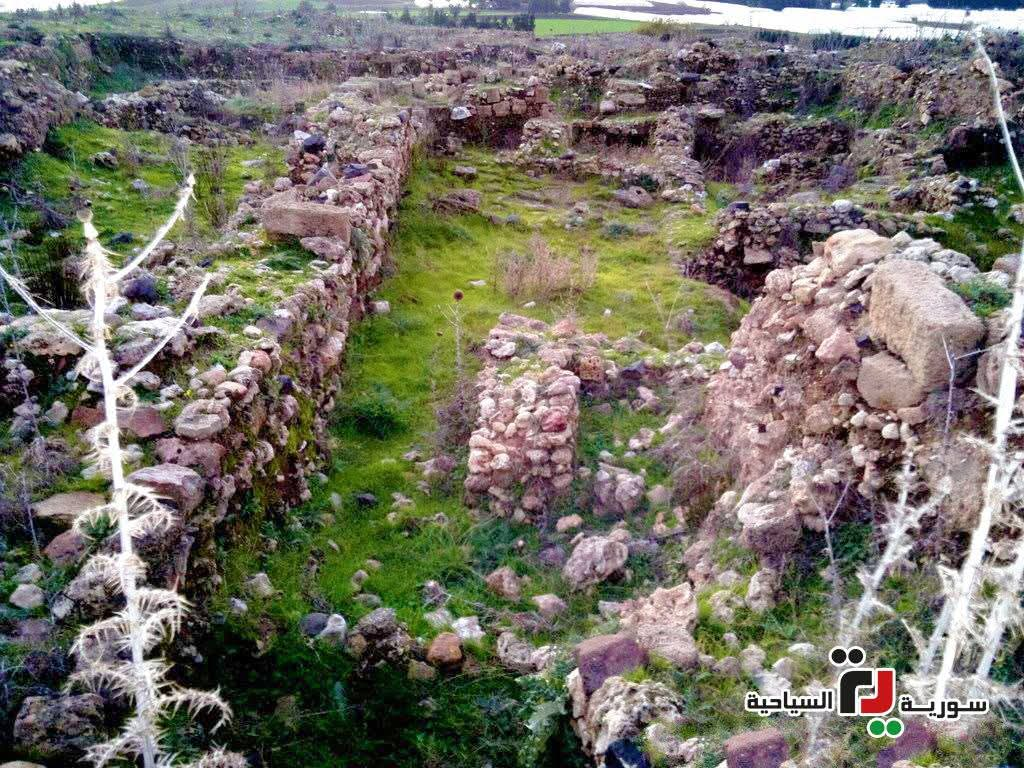
Some historical sources suggest that Al-‘Areema Castle was once part of the ancient kingdom of Simyra, affiliated with the Aramaean city-state of Ugarit. Excavated pottery shards found at the site
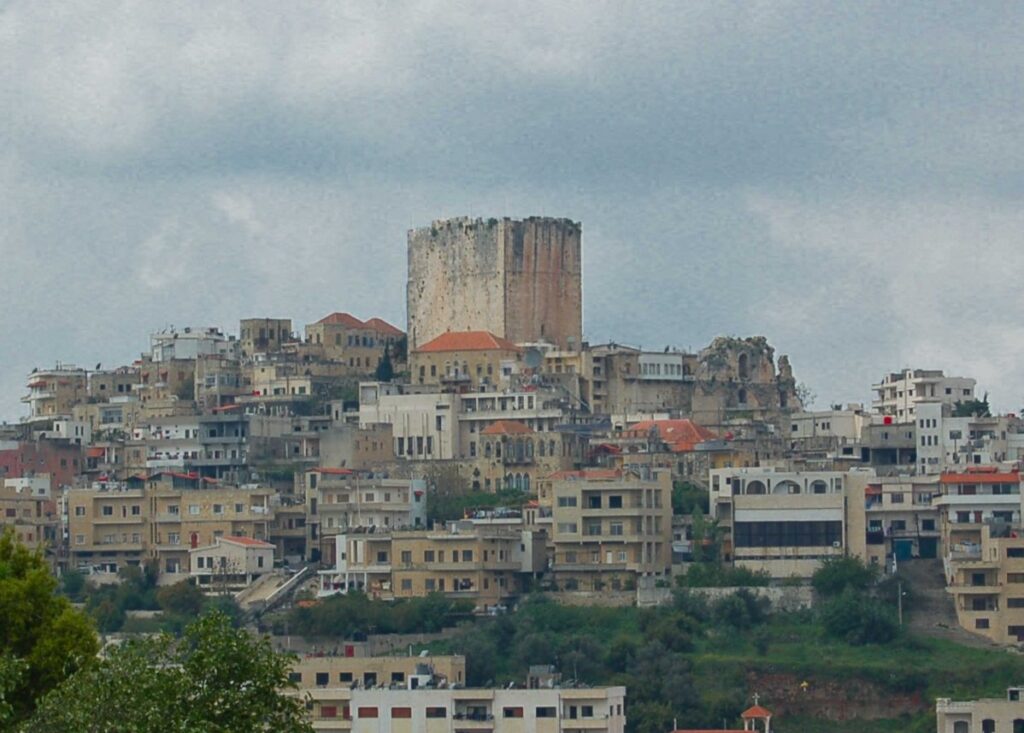
The name “al-Qulay‘a” is believed to be a linguistic distortion of the Arabic word qal‘a, meaning “castle”. The second part of the name, “Sheikh Deeb”, refers to a family that
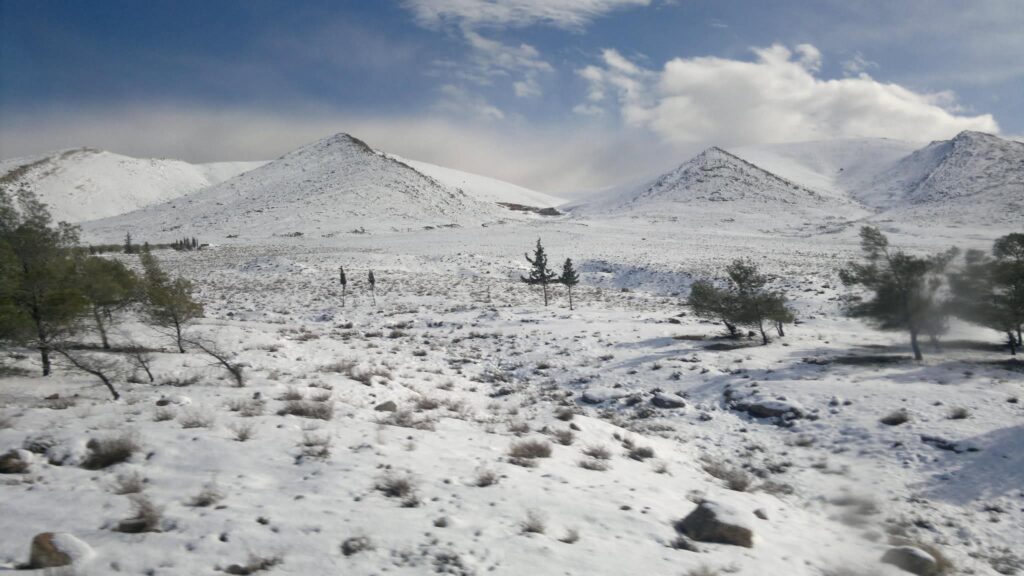
Built in a strategically elevated mountainous area, Al-Khawabi Castle served as a formidable defensive stronghold during the Abbasid era, when it functioned as a military center for the Homs garrison.
Its history dates back to the 15th century BC, and it was an important defensive center during ancient times. Only remnants of a wall and towers remain, and it has
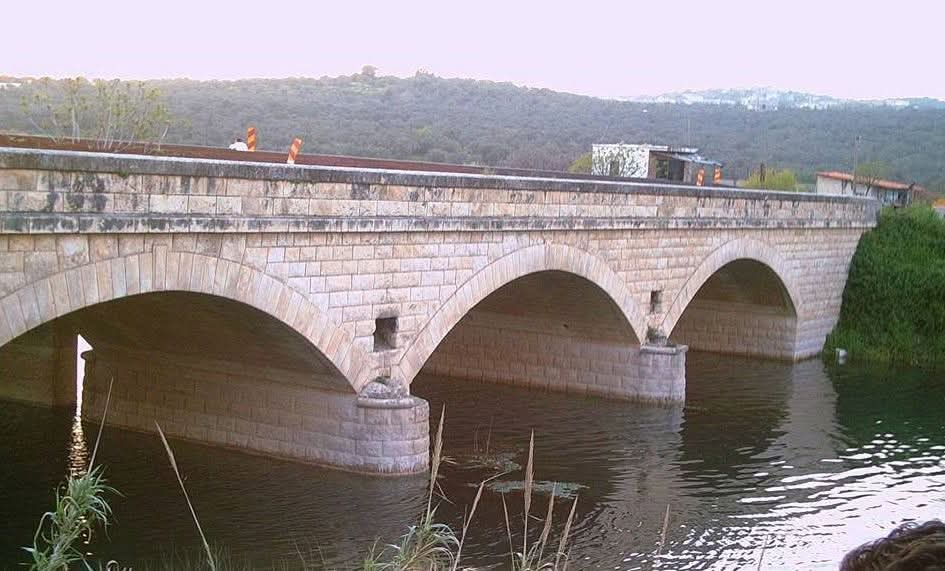
Perched atop a high hill frequently swept by strong winds, the monastery takes its name either from these gusts — “al-Reeh” meaning “the wind” — or possibly from the nearby
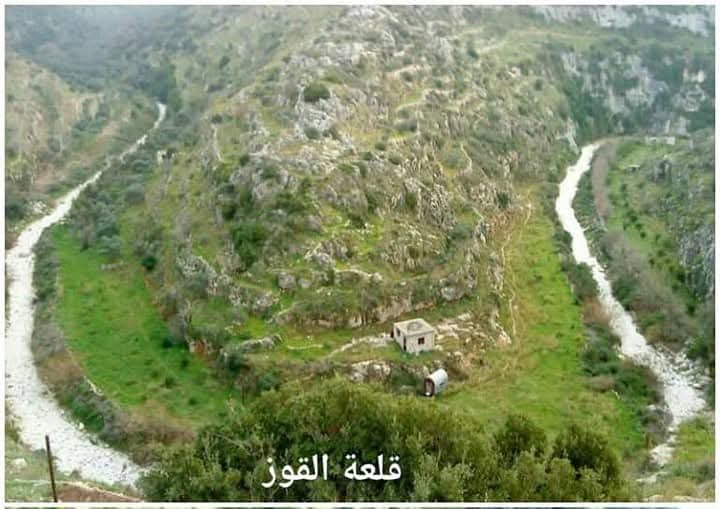
Characterized by an architectural design that reflects the layout of traditional public baths during the Ottoman period, divided into three sections leading to the hot room. Ask ChatGPT

جميع الحقوق محفوظة لصالح JCI Aleppo
All rights reversed to JCI Aleppo